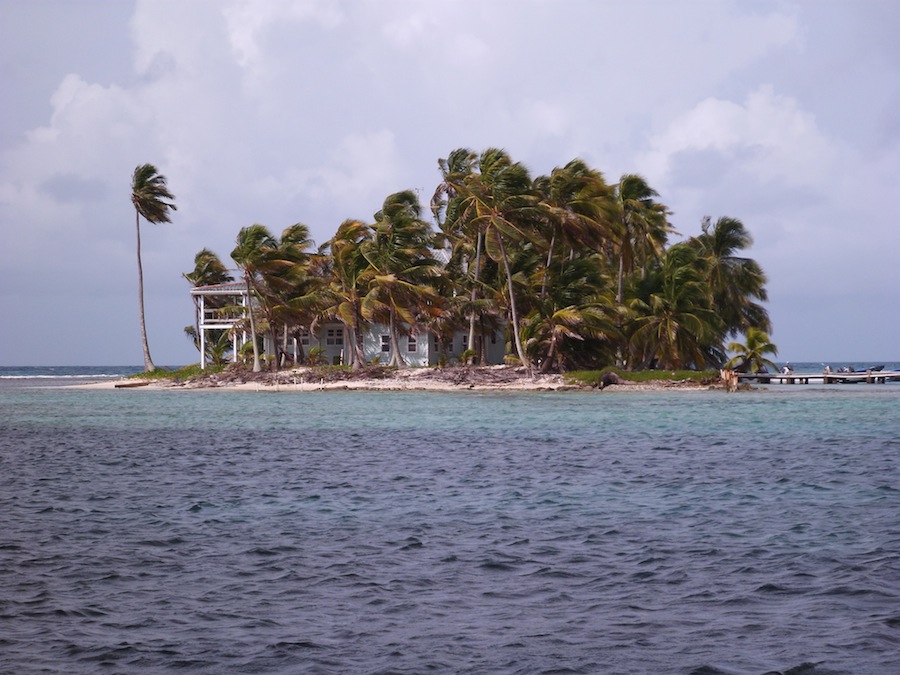
theseamonster.blog/2012/07/belize-field-log-2-social-breakdown-on-the-reef
Preview meta tags from the theseamonster.blog website.
Linked Hostnames
3Thumbnail

Search Engine Appearance
Belize field log 2: Social breakdown on the reef
[The second installment in our New York Times "Scientist at Work" field log.] Wednesday, July 4 Our hunt yesterday produced a good haul of shrimp species, but, alas, none of the social ones we’re searching for. I worked with my former Ph.D. student, Tripp McDonald, long into the night identifying the shrimp. Though little known to most people, they are like old friends to us, since we described and named many of the species around the island. Identifying these shrimp is no small task. There are dozens of species, many of them very similar, so it requires a good microscope, a steady hand and a great deal of patience to identify the subtle features that distinguish one from another, ranging from a subtle spine on the antennae to the color of a female’s eggs. To our great surprise, instead of the big colonies of social shrimp that usually dominate this environment, most of what we uncover are asocial pair-formers. The few social colonies that we do find [...]
Bing
Belize field log 2: Social breakdown on the reef
[The second installment in our New York Times "Scientist at Work" field log.] Wednesday, July 4 Our hunt yesterday produced a good haul of shrimp species, but, alas, none of the social ones we’re searching for. I worked with my former Ph.D. student, Tripp McDonald, long into the night identifying the shrimp. Though little known to most people, they are like old friends to us, since we described and named many of the species around the island. Identifying these shrimp is no small task. There are dozens of species, many of them very similar, so it requires a good microscope, a steady hand and a great deal of patience to identify the subtle features that distinguish one from another, ranging from a subtle spine on the antennae to the color of a female’s eggs. To our great surprise, instead of the big colonies of social shrimp that usually dominate this environment, most of what we uncover are asocial pair-formers. The few social colonies that we do find [...]
DuckDuckGo
Belize field log 2: Social breakdown on the reef
[The second installment in our New York Times "Scientist at Work" field log.] Wednesday, July 4 Our hunt yesterday produced a good haul of shrimp species, but, alas, none of the social ones we’re searching for. I worked with my former Ph.D. student, Tripp McDonald, long into the night identifying the shrimp. Though little known to most people, they are like old friends to us, since we described and named many of the species around the island. Identifying these shrimp is no small task. There are dozens of species, many of them very similar, so it requires a good microscope, a steady hand and a great deal of patience to identify the subtle features that distinguish one from another, ranging from a subtle spine on the antennae to the color of a female’s eggs. To our great surprise, instead of the big colonies of social shrimp that usually dominate this environment, most of what we uncover are asocial pair-formers. The few social colonies that we do find [...]
General Meta Tags
6- titleBelize field log 2: Social breakdown on the reef – Sea Monster
- charsetUTF-8
- viewportwidth=device-width, initial-scale=1
- robotsmax-image-preview:large
- generatorWordPress 6.8.2
Open Graph Meta Tags
9- og:typearticle
- og:titleBelize field log 2: Social breakdown on the reef
- og:urlhttps://theseamonster.blog/2012/07/belize-field-log-2-social-breakdown-on-the-reef/
- og:description[The second installment in our New York Times "Scientist at Work" field log.] Wednesday, July 4 Our hunt yesterday produced a good haul of shrimp species, but, alas, none of the social ones we’re searching for. I worked with my former Ph.D. student, Tripp McDonald, long into the night identifying the shrimp. Though little known to most people, they are like old friends to us, since we described and named many of the species around the island. Identifying these shrimp is no small task. There are dozens of species, many of them very similar, so it requires a good microscope, a steady hand and a great deal of patience to identify the subtle features that distinguish one from another, ranging from a subtle spine on the antennae to the color of a female’s eggs. To our great surprise, instead of the big colonies of social shrimp that usually dominate this environment, most of what we uncover are asocial pair-formers. The few social colonies that we do find [...]
- og:site_nameSea Monster
Link Tags
16- EditURIhttps://theseamonster.blog/xmlrpc.php?rsd
- alternatehttps://theseamonster.blog/feed/
- alternatehttps://theseamonster.blog/comments/feed/
- alternatehttps://theseamonster.blog/2012/07/belize-field-log-2-social-breakdown-on-the-reef/feed/
- alternatehttps://theseamonster.blog/wp-json/wp/v2/posts/10578
Links
16- http://scientistatwork.blogs.nytimes.com/2012/07/18/snapping-shrimps-and-hidden-sponges/#more-20382
- https://theseamonster.blog
- https://theseamonster.blog/2012/07/belize-field-log-2-social-breakdown-on-the-reef/#respond
- https://theseamonster.blog/2012/07/belize-field-log-2-social-breakdown-on-the-reef/14_shrimp_storage
- https://theseamonster.blog/2012/07/belize-field-log-2-social-breakdown-on-the-reef/15_collecting_rubble